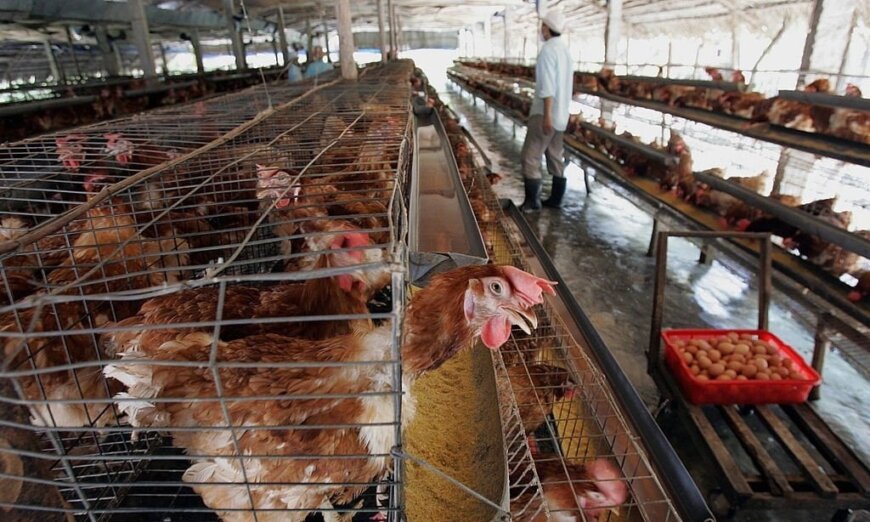H3N8 Avian Flu Virus Has Strong Transmission Potential With Risk of Major Outbreak
A recent study revealed that human isolates of the H3N8 virus can be transmitted through the air among ferrets.
The researchers utilized laboratory-cultivated human respiratory organoid models to investigate the infectivity of the H3N8 virus in humans. The results revealed that the H3N8 virus can infect and replicate in human bronchial and lung epithelial cells. Furthermore, the infectivity of the human-isolated virus is significantly higher than that of the avian-origin virus, leading to severe pneumonia and viral encephalitis.
In mammalian models, while the avian-origin H3N8 virus can infect ferrets, it is not efficiently transmitted among them. On the other hand, the H3N8 virus isolated from humans can effectively transmit among ferrets, even forming virus-laden aerosols in the air. This suggests that the H3N8 avian influenza virus can rapidly adapt to mammalian hosts, leading to infection and illness.
Deep sequencing analysis indicated that the virus can rapidly undergo genetic tuning and accumulate adaptive mutations after spreading among ferrets. Additionally, it can quickly undergo mutations within the human host, demonstrating the potential for human-to-human transmission.
The H3N8 avian influenza virus currently cannot be transmitted from person to person due to the insufficient acid stability of its hemagglutinin (HA) protein. The upper respiratory tract environment in humans is mildly acidic, making it challenging for the virus to infect respiratory cells. Researchers believe that if the virus’ HA protein undergoes mutations that increase its stability in acidic environments, the risk of a large-scale outbreak will significantly increase.
Effectiveness of Current Influenza Vaccines Against H3N8 Virus
Researchers sampled 30 individuals who had received the trivalent influenza vaccine and 394 individuals from the general population. The results revealed a general lack of antibodies against the novel H3N8 virus, indicating that the seasonal influenza vaccine is ineffective against the H3N8 virus.
It is worth noting that avian H3 subtypes of influenza viruses primarily circulate during the cold winter and spring seasons, overlapping with the seasonal influenza virus in humans. If both types of viruses infect humans or intermediate hosts like pigs or ferrets simultaneously, it may lead to reassortment of the viruses, potentially resulting in strains no longer effectively targeted by existing vaccine antibodies. For example, new strains with “outer shells” derived from avian H3 influenza viruses and “inner core” genes from H1N1 or H3N2 may pose a risk of causing large-scale outbreaks.
In China, the detection rate of the H3N8 avian influenza virus remains consistently high in poultry. So how should we address the risk of a potential large-scale outbreak of H3N8 and other reassortant viruses? Researchers believe that the key lies in source control—that is, managing the virus’ prevalence in poultry. This can be achieved through systematic H3 avian influenza monitoring in poultry populations to gain insights into the virus’ prevalence.
From 2022 to 2023, China reported three human H3N8 virus infection cases. In April 2022, Henan Province reported the first case involving a 4-year-old boy who exhibited acute respiratory distress syndrome but later recovered. In May 2022, a 5-year-old boy in Hunan Province tested positive, exhibiting mild symptoms like fever, chills, sore throat, and a runny nose; his symptoms resolved after seven days. In March, a 56-year-old woman in Guangdong Province was infected with the H3N8 avian influenza virus and was hospitalized due to severe pneumonia, leading to her death.
This article has been archived for your research. The original version from Epoch Times can be found here.






